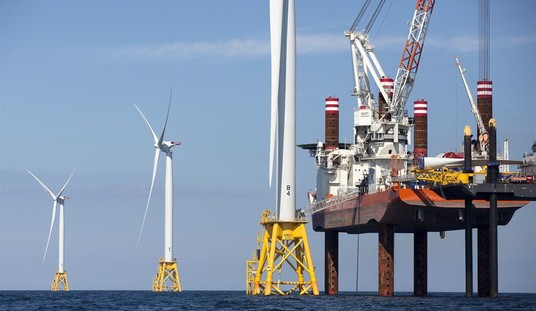The headline on today’s ADP employment report shouldn’t be that it missed expectations, which it did. The big takeaway should be that their August payroll analysis was positive at all. Despite the ending of various government support programs for employment in the COVID-19 crisis, the US economy added jobs in August at a fairly significant pace. In any other contexts, the growth of 428,000 private-sector jobs would be cause for celebration.
And in fact, given the expectations of job-market collapse five weeks ago, probably should still be:
Private sector employment increased by 428,000 jobs from July to August according to the August ADP National Employment Report®. Broadly distributed to the public each month, free of charge, the ADP National Employment Report is produced by the ADP Research Institute® in collaboration with Moody’s Analytics. The report, which is derived from ADP’s actual payroll data, measures the change in total nonfarm private employment each month on a seasonally-adjusted basis.
Economists had projected an addition of over one million jobs, but it’s worth noting that ADP missed big-time to the lower end last month. Their new figure for July is 212,000 jobs added, revised upward from ADP’s original 167K figure; the official result from the Bureau of Labor Statistics came in at 1.8 million jobs added. This month’s ADP report is still twice as robust as its report from last month, which indicates an increased pace of job creation — at least among its own customers.
Furthermore, the weekly initial jobless claims reports still show momentum away from paid benefits. While the topline number of initial claimants remains at the million-claim level, more than seven million recipients of benefits have moved off from those payments since mid-June. Last week’s report showed 223,000 people coming off of state benefit rolls, but the four-week average — encompassing all of August — remained at 604,000 per week either moving back to employed status or coming off unemployment benefits for other reasons.
The elimination of the programs with the August 1 expiration of the CARES Act was supposed to create an economic cliff. That might still come, but at least it’s not yet upon us, even while Congress continues its standoff over competing Phase 4 proposals and priorities. This result, and the potential for a similar one in Friday’s BLS report, might put a further hold on any more government spending.
As CNBC points out, though, that still leaves the economy well short of its pre-COVID employment success:
Job creation skewed heavily to services, which added 389,000 compared with the 40,000 for goods producers. (The total doesn’t add up to 428,000 due to rounding.)
After lagging through the early part of the pandemic recovery, leisure and hospitality led with 129,000 new jobs while education and health services contributed 100,000 and professional and business services grew by 66,000. Construction also added 28,000 and manufacturing was up 9,000.
Markets reacted little to the report, with stock futures indicating a positive open on Wall Street and government bond yields edging higher.
“Job gains are minimal, and businesses across all sizes and sectors have yet to come close to their pre-COVID-19 employment levels,” said Ahu Yildirmaz, vice president and co-head of the ADP Research Institute.
True, but we’re not going back to full employment without removing all restrictions on commerce, either. Unless and until state governments reopen all the schools, allow for unfettered access to retail marketplaces, and craft social-distancing protocols that still allow for 100% capacity, the limits on commerce will continue to create functional limits on employment. That may well be a rational trade-off, but let’s not pretend that the two issues aren’t linked and dependent.
Will Friday’s BLS report offer a rosy picture of job creation, or will it show a big fall-off from the previous three months? Thus far it looks like the momentum of June and July has continued into August, and that should mean a fairly decent result on Friday. Perhaps the over/under should be set at one million, and if so, I might lean a little to the over.








